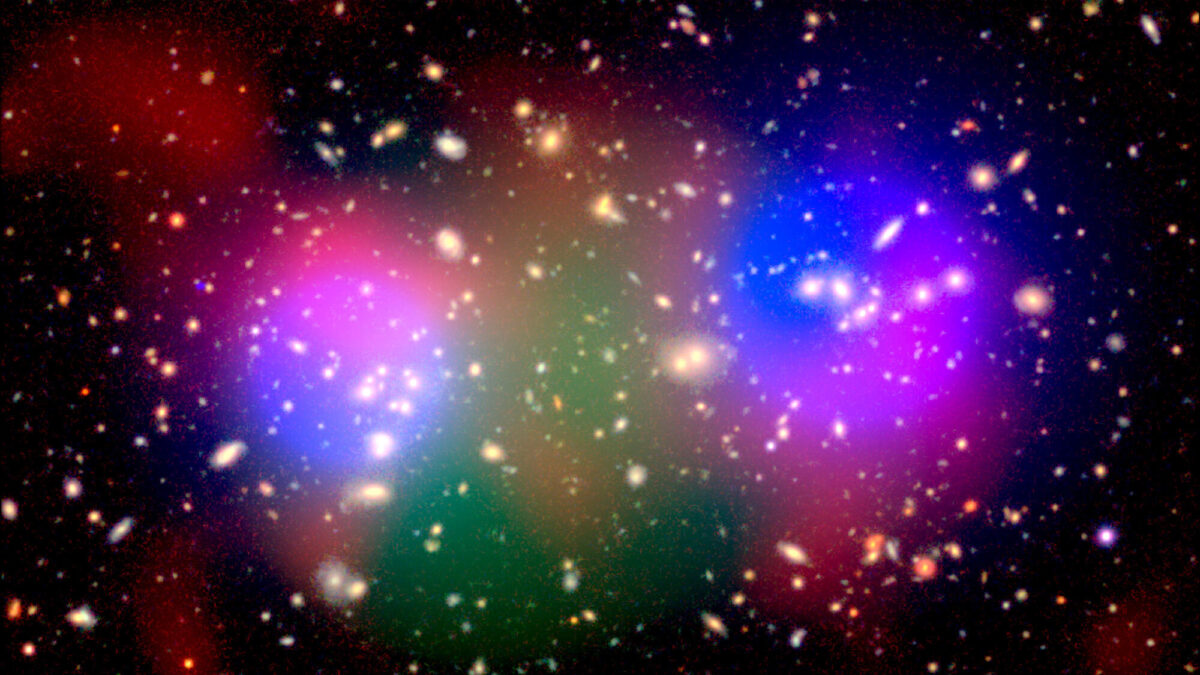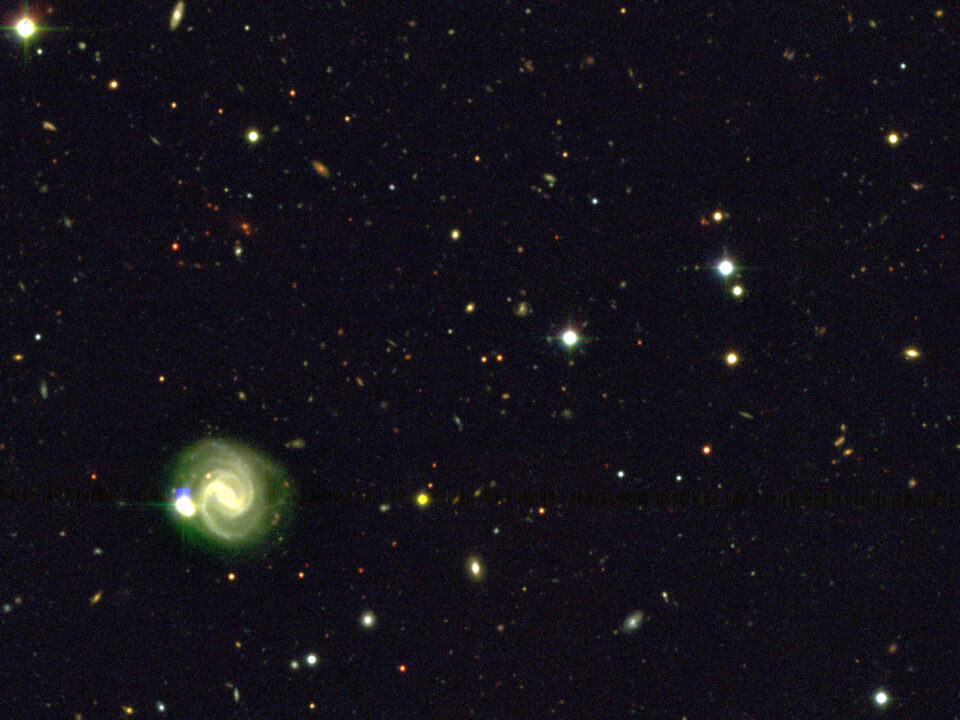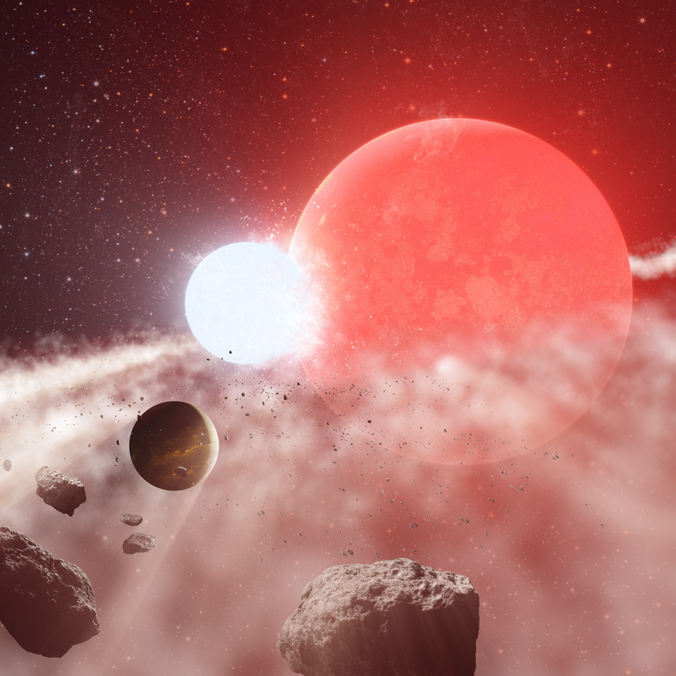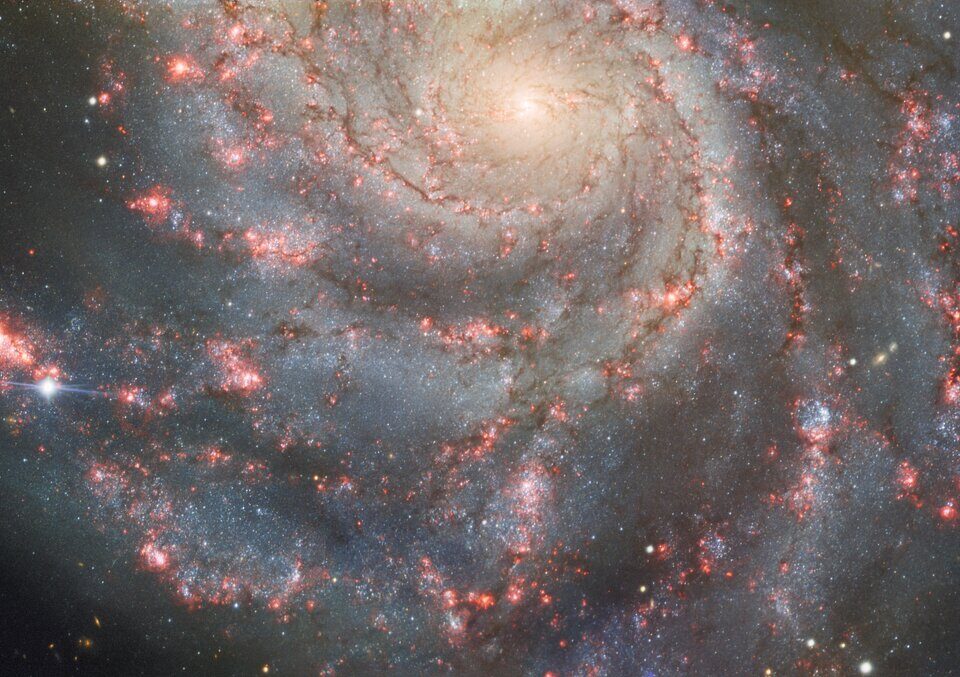Observing Clusters of Galaxies Collide

Galaxies in the Infant Universe were Surprisingly Mature
November 2, 2020
Two Maunakea Telescopes Confirm First Brown Dwarf Discovered by Radio Observations
November 18, 2020Composite image showing HSC J023336-053022 (XLSSC 105), a pair of colliding galaxy clusters located 4 billion light-years away in the constellation Cetus. The background image was taken by the Subaru Telescope. Overlaid colors show the distributions of dark matter (blue), hot gas observed in X-rays (green), and high-pressure gas observed by radio (red). This cluster contains two concentrations of galaxies, which overlap with the distribution of the dark matter. (Credit: GBT/NSF/NAOJ/HSC-SSP/ESA/XMM-Newton/XXL survey consortium)
Using a trio of world-leading observatories, including the Subaru Telescope on Maunakea, astronomers have observed clusters of galaxies colliding in the distant Universe. The Subaru telescope can observe the visible light from stars, but these galaxies also have other important components, including dark matter and hot gas, which can’t be seen with visible light. So the astronomers combined visible, radio, and X-ray light to create a complete picture of the collision. In doing so, they discovered that the large amounts of energy released during this collision heats the gas to 400 million degrees centigrade (720 million degrees Fahrenheit), which is nearly 30 times hotter than the core of our Sun. These types of observations are important for understanding the evolution of our Universe.
Read more, in the Subaru Telescope press release.




